Abu Dhabi
Situated along the Arabian Gulf, Abu Dhabi is the ultra-modern and sparkling clean capital of the United Arab Emirates. With 1.5 million residents, it is the second-largest urban area in the Emirates, after Dubai, which lies 140 kilometers to the northeast. Geographically, Abu Dhabi is the largest of the seven emirates, taking up roughly 80% of the country’s landmass. Nearly two-thirds of the UAE’s economic activity takes place here.
The majority of tourist attractions are dotted along a handful of islands, which are just a stone’s throw from the mainland. From the extravagant to the austere, here is how you can experience some of Abu Dhabi’s cultural and culinary highlights.
A similar version of this piece first appeared on Matador Network.
The Galleria
Louvre Abu Dhabi
Emirates Palace
qasr al sarab
Abu Dhabi Dates Market
Qasr Al Watan
Sheikh Zayed Grand Mosque
Tour the Sheikh Zayed Grand Mosque
Named in honor of the UAE’s first president, Sheikh Zayed Grand Mosque is the largest in the country. The main hall is 5,400 square meters and can hold up to 7,800 worshipers. The floor is covered with the world’s largest hand-made carpet. You can easily see the complex from afar. That’s because it’s nine meters higher than the nearby road. The mosque’s 82 domes vary in size, with the highest reaching 84 meters. 22 of the complex’s 1,096 white marble pillars project light.
Photography is allowed with the exception of Sheikh Zayed bin Sultan Al Nahyan’s grave. Guided tours start at 10 AM and are available every hour until eight in the evening. Women are not allowed to expose their arms. Men are, as long as they do not have any tattoos. Entrance is free, including guided tours.
Check out the Abu Dhabi Dates Market
The Emirates produce more than a half-million metric tons of dates annually. The Abu Dhabi Dates Market is located at Port Zayed. Shops start opening at 7 AM, and some stay open until midnight. Although you’re likely to see several tour vans parked in front of the dozens of shops, the market offers some of the best prices you’ll find in the city. Unlike many markets in the Middle East and North Africa, visitors are free to stroll past the shops free of harassment from the owners.
Once you step inside the compact (and air-conditioned) stores, the famous Arab Hospitality will be on full display. Expect to see dozens of different varieties of dates in every shop. The subtle differences between stores are most noticeable when you look at the pre-packaged items, like date jams, date flavored coffee, etc. More than half of the shops are likely to offer you some sort of sample. If they don’t, just point to the one you want to try and ask for a sample. Most are encased behind glass. The dates market is also an ideal place to buy dried fruits, nuts, spices, and other sweets.
Unless you plan to visit every single vendor, one hour is enough time to experience the dates market. You can easily spend a half-day in the area if you also want to explore the other nearby markets. Running counterclockwise, the dates market is surrounded by the fruits and vegetables market, the flower market, fish market, carpet souk, and cruise terminal. Each Port Zayed attraction is worth a visit, but the dates market is the best local experience.
Window shop and eat around the world in The Galleria
Shopping is serious business in Abu Dhabi. Even if you don’t buy anything, the city’s massive, air-conditioned malls can be a welcome respite in a place where average high temperatures reach in excess of 100 degrees Fahrenheit for half the year. At The Galleria, sections are lettered from A to E, like five lines of the New York City subway. In some sections, every other store brand says, “New York.”
If you’re not a shopper, you can head straight to one of the four food courts. There are two on each side of this mega-mall, which has 7,000 free parking spaces. There’s also a Four Seasons connected to the mall. The Galleria oozes luxury, but you can window shop at the higher end brands and admire the 16 different award-winning fine dining restaurants from a distance and instead, head one of the other fifty plus more affordable cafes and food carts. In this city well known for international fare, you can find dozens of options here, from Peruvian and Mexican to Greek and Italian. You may be on a different continent, but the UAE is an ideal place to check your thirst for authenticity at the door. After all, at least 85 percent of the country is foreign-born.
Although you can find delicious Arabic food throughout Abu Dhabi, many people who live here speak no Arabic. It has become a cliche to say of heavily touristed countries, that “Everyone speaks English,” but in Abu Dhabi, that’s true. If you’re feeling homesick, chances are you’ll find something at The Galleria, which will remind you of home.
Spend an afternoon at the Louvre Abu Dhabi
It has been open for less than three years, but the Louvre is already one of the Emirates’ top tourist attractions. 600 pieces are spread out among the four wings and 12 galleries. You don’t have to be an art connoisseur to appreciate the floating dome-like structure, which juts out into the Arabian Gulf. The building is made up of 7,850 stars and angles which the sun filters through. Then, there’s the labyrinth-like museum exit.
Historical artifacts include a 13th-century Hebrew Bible as well as George Washington and Napoleon oil on canvas paintings from the early 1800s. The museum is located at the west end of Saadiyat Island’s Cultural District. To the east, there are luxury hotels, like the St. Regis Saadiyat Island Resort, which have beach access. Saadiyat Public Beach is two kilometers to the east.
Play Sultan for a day at the Emirates Palace
If you Google “World’s most luxurious hotels,” you’ll see this one in most lists. With marble from 13 different countries and more than 1,000 crystal chandeliers, staying at the Emirates Palace is the closest that most of us will get to playing sultan for a day. The property is one kilometer long from the east to west wings. And then there are the restaurants and cafes.
At Le Cafe, you can hum along to David Byrne singing “Once in a Lifetime” in your head as you sip cappuccino with 23-karat gold flakes drizzled on top of the foam. If caffeine is not your thing, you can try a dessert (chocolate cake is a popular one) topped with the same gold flakes. Either way, this will be one of the few opportunities you’ll ever have to hear someone say, “You got some gold flakes on your lips.” According to the staff, people from all over the world come to try this $20 (73 AED) cup of rich espresso topped with milk and gold. Japanese women, in particular, love this drink. And you don’t have to be a guest to enjoy the experience.
You can also dine in one of the other dozen restaurants and cafes. They have fine dining options which specialize in Chinese, Indian, Italian and Lebanese, but Mezlai offers the best local experience. In Arabic, the term translates to ‘the old lock of the door.’ The interior has the feel of a spacious Bedouin tent and the extensive menu is heavy enough to do a bicep workout with. If you’ve been yearning to try camel meat (tongue or chop), this is the place to do it.
Just below the main entrance, you’ll find one of the best photo ops for the Etihad Towers.
See where the important decisions are made at Qasr Al Watan
This is the Presidential Palace or ‘Palace of the Nation.’ Qasr Al Watan has been open to the public since 2019. The 380,000 square meter complex is located across Al Riyadah Street from Emirates Palace. The west wing is dedicated to governance, while the east wing is all about knowledge. Their 50,000 book library documents the young nation’s history.
Try and resist the temptation to just gawk at the shiny white marble and limestone facade from the outside, get a few Instagram pics, and move on the next attraction. The inside is worth visiting as well, especially if you are any kind of architecture geek or history buff. Each interior door took 350 hours to build. They are made of maple wood. Palace and garden tickets are 60 AED for adults. Guided tours are available upon request. Nobody lives here.
If your visit to Qasr Al Watan piques your interest in local history, check out the nearby Heritage Village, which is a reconstructed desert village run by the Emirates Heritage Club.
Take a side trip to the Rubʿal-Khali desert
As you head south out of Abu Dhabi city along E65, ultra modern skyscrapers and world class architecture gives way to desert. Located two hours south of the city and just 40 kilometers from the Saudi border, the Qasr al Sarab Desert Resort has been called the world’s most Instagrammable hotel. It takes up a measly 68 square kilometers in the 650,000 square km Rub’ al Khali desert, which is also known as the Empty Quarter. The small village-like resort is shaped like a crescent and employs 350 people from 32 different countries. And no matter where you are, there always seems to be someone ready to help. All rooms have a sunrise view, and each villa has its own pool. Golf cart drivers transport guests around the property.
Guests can ride one of the 28 Arabian camels on-site or watch Greyhounds race, and falcons fly through the Middle East’s largest sand desert. The falcon is the UAE’s national bird. It’s also the world’s fastest. Falcons can see up to a mile away and fly up to 250 kph. In the UAE, falcons get special treatment. They have their own passports and fly either first or business class.
And dining at this resort is a unique activity by itself. You can have an immersive Bedouin-style late evening dinner in the desert with your own personal chef, or you can watch the sunset from the rooftop Suhail grill as you eat steak and lamb, which is aged for 21 days in the restaurant’s visible meat cooler. Al Waha offers daily breakfast and lunch with different themed buffets each evening. There are afternoon cooking classes available by appointment.
Practical tips for visiting Abu Dhabi
Abu Dhabi is not the ideal place for budget travelers. This is one of the world’s richest capital cities and luxury is ingrained into the fabric of the urban area. You won’t find youth hostels dotted throughout the tourist areas, and as of 2020, there is no metro. With that said, if you plan ahead, you can spend a night or two in a luxury hotel like the St. Regis and then move on to more affordable accommodation for the rest of your stay. If you do your research ahead of time, you can find clean rooms in convenient locations, starting at 30 USD per night. So, if you’re on a budget, spend the majority of your nights in a budget hotel and splurge for a night or two at Qasr al Sarab, Emirates Palace, the St. Regis, or one of the other famous luxury hotels.
There are affordable dining options as well. You can splurge once or twice and then take in the rest of your necessary calories at one of the many mall food courts or a reasonably priced sidewalk cafe. Renting a car for your entire trip is preferable, but if you can’t, then consider staying in an area where the necessities are within walking distance. Taxis are available, but fares add up fast if you need to hail a cab just to get a cup of tea with dates. And if you do rent a car, please do not spend your entire time in the tourist area. Allow at least one or two days for side trips. Ideally, one to the desert and one to nearby Dubai (unless you are planning a separate trip to Dubai). Most hotels and malls offer free parking. Some tourist attractions do as well.
Want to keep the conversation going? Let’s connect via my social links below.
Like this post and want to share? Planning a trip to Abu Dhabi? Pin it!
This post was sponsored by the Abu Dhabi Department of Culture and Tourism. All pictures were shot with a Panasonic Lumix ZS100 4K Point and Shoot Camera with the exception of any Instagram pics.
Have you been to Abu Dhabi? If so, what did you do? How did you enjoy it?

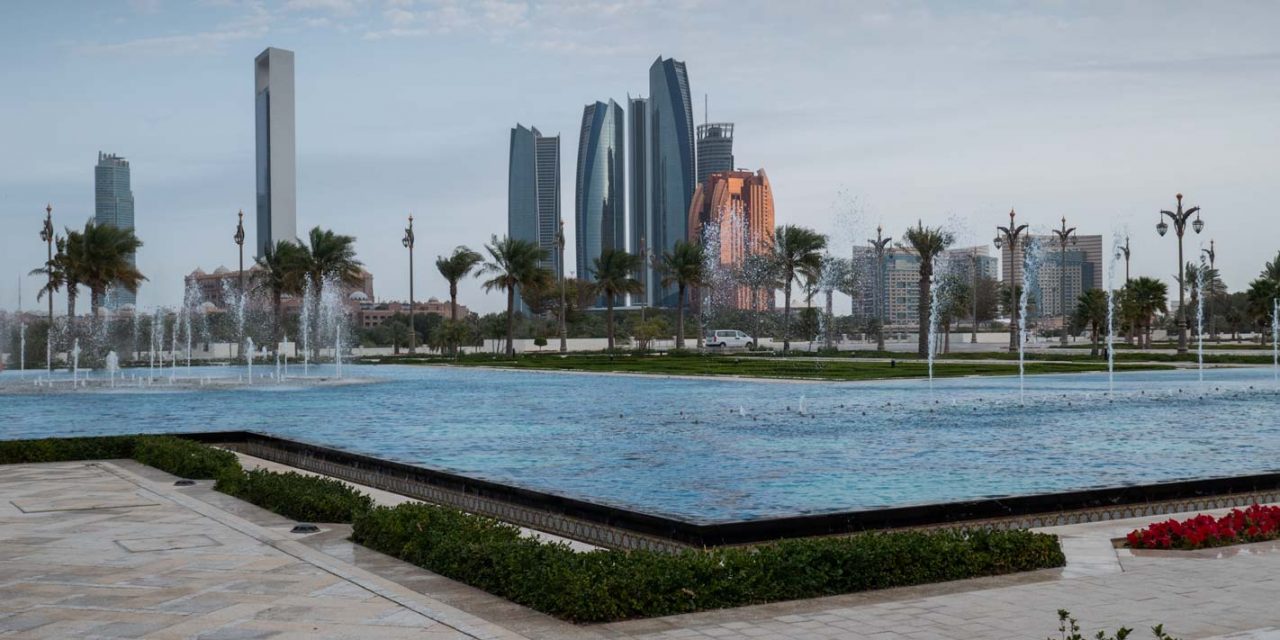
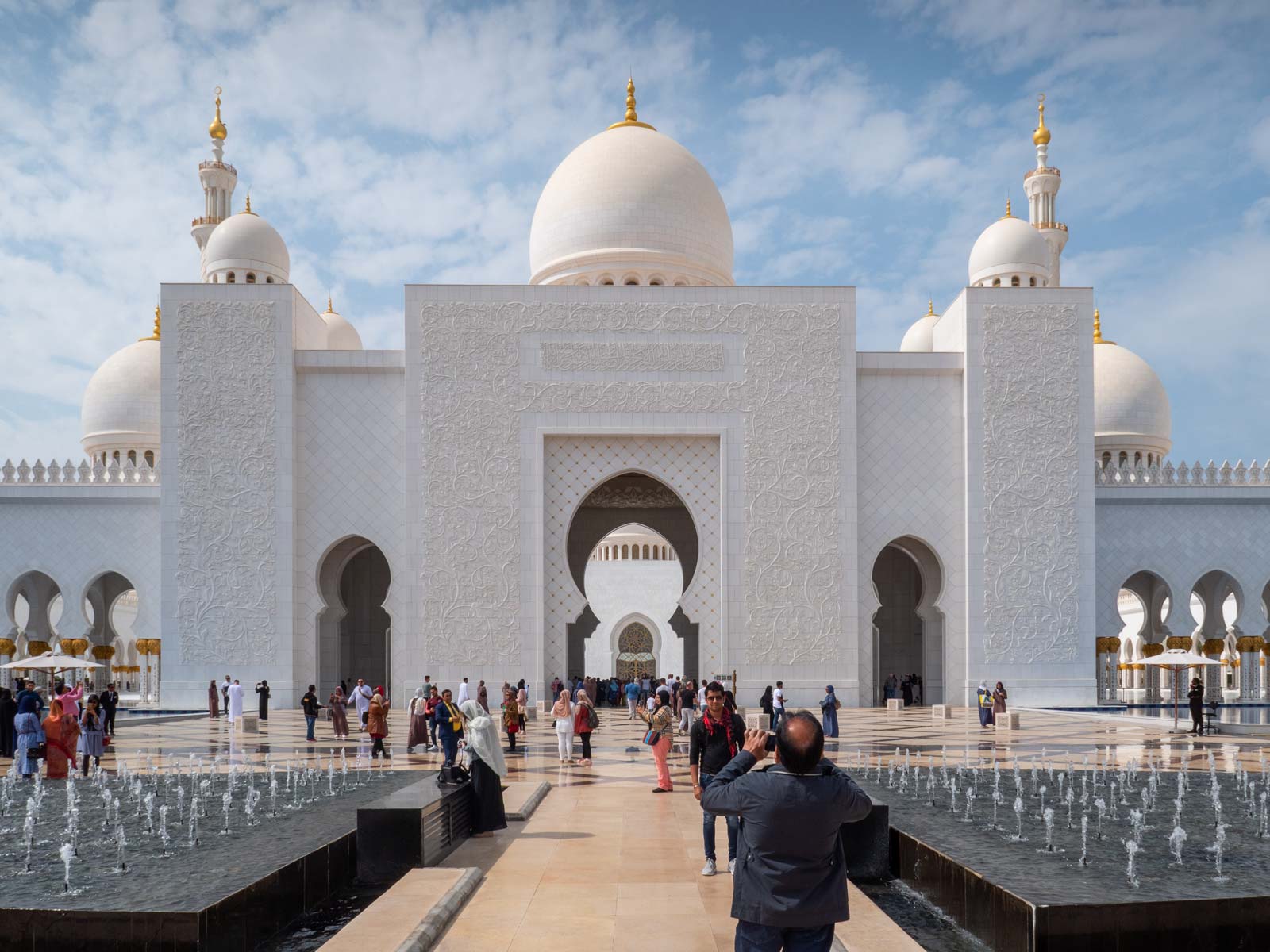

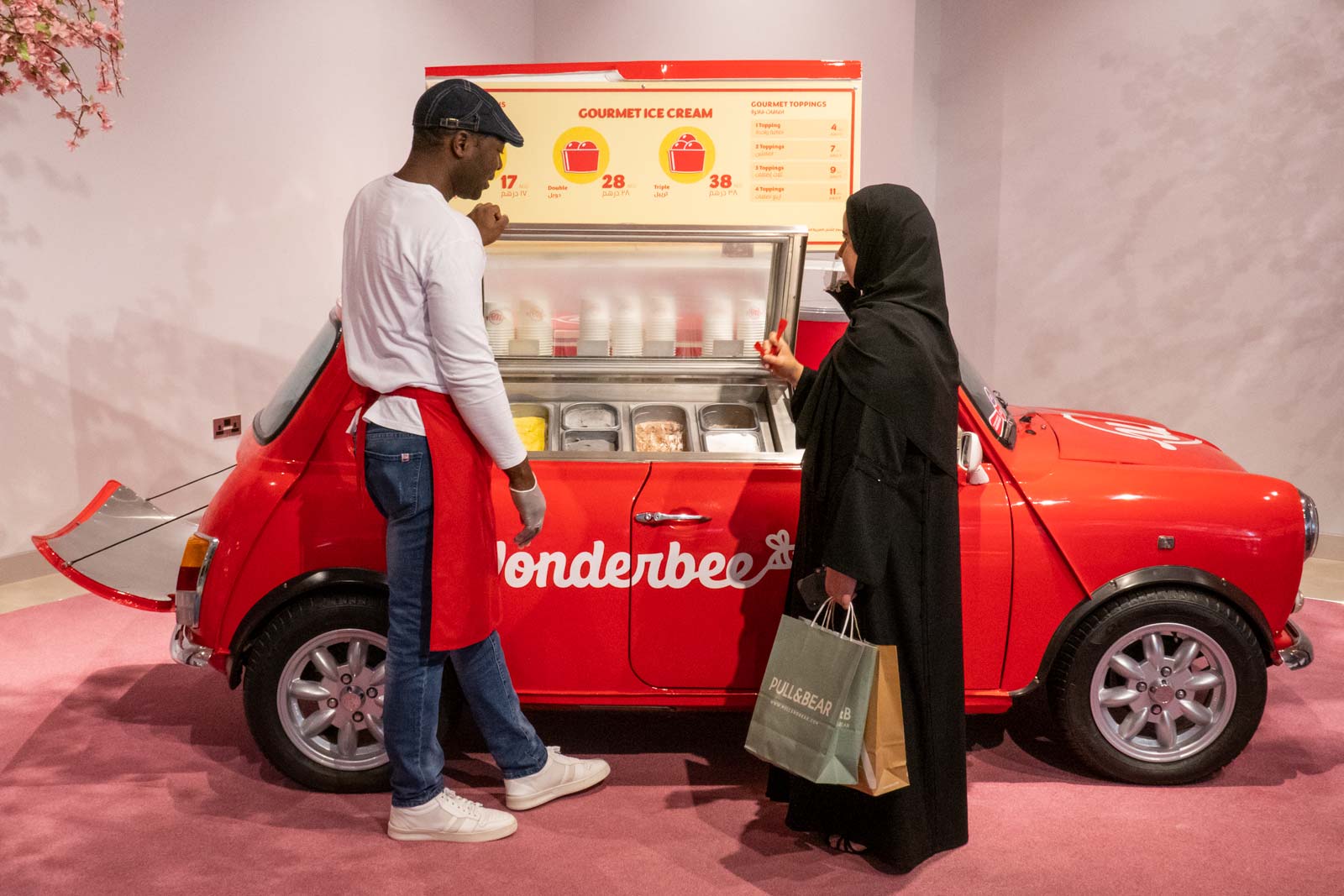

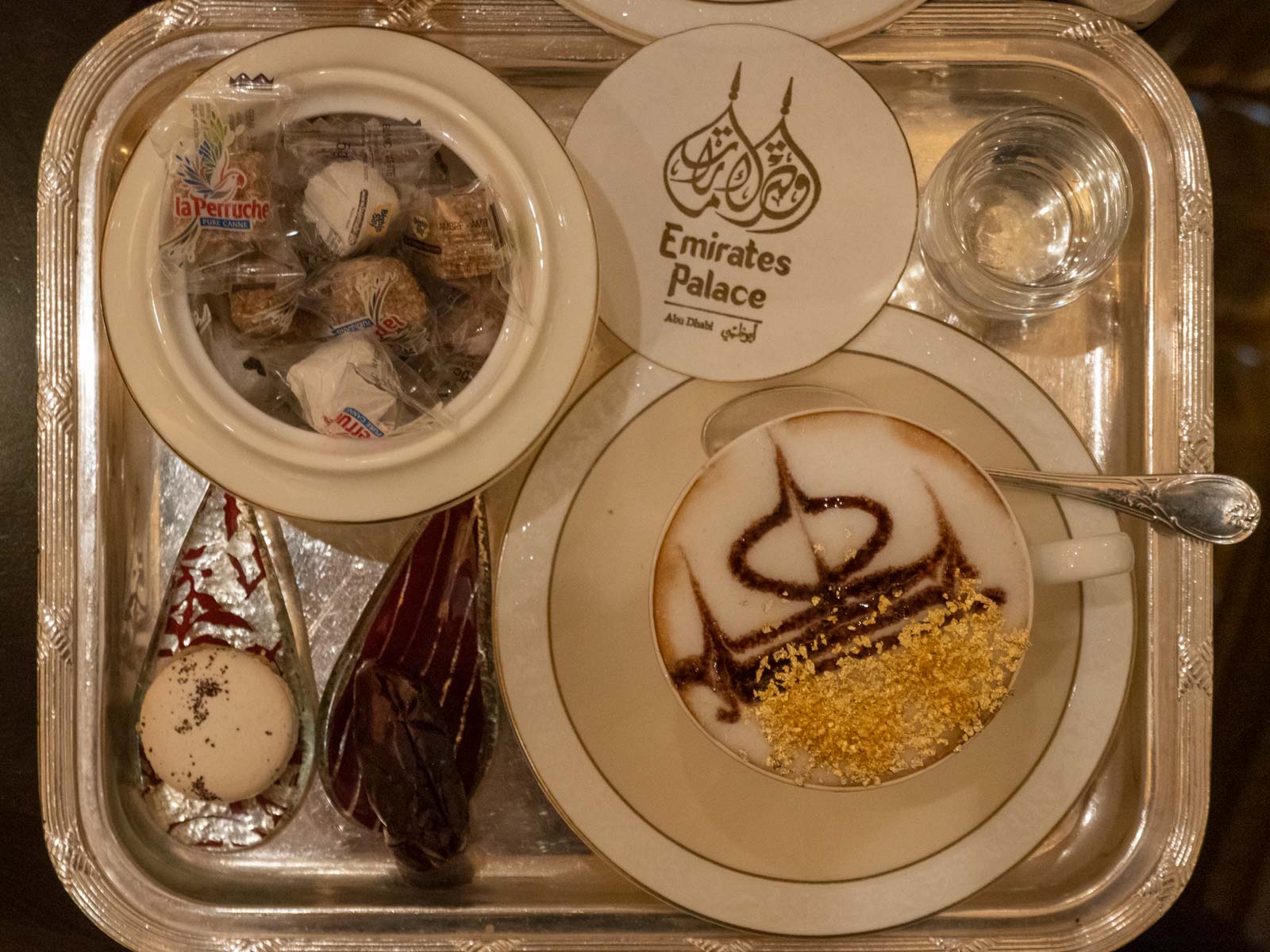
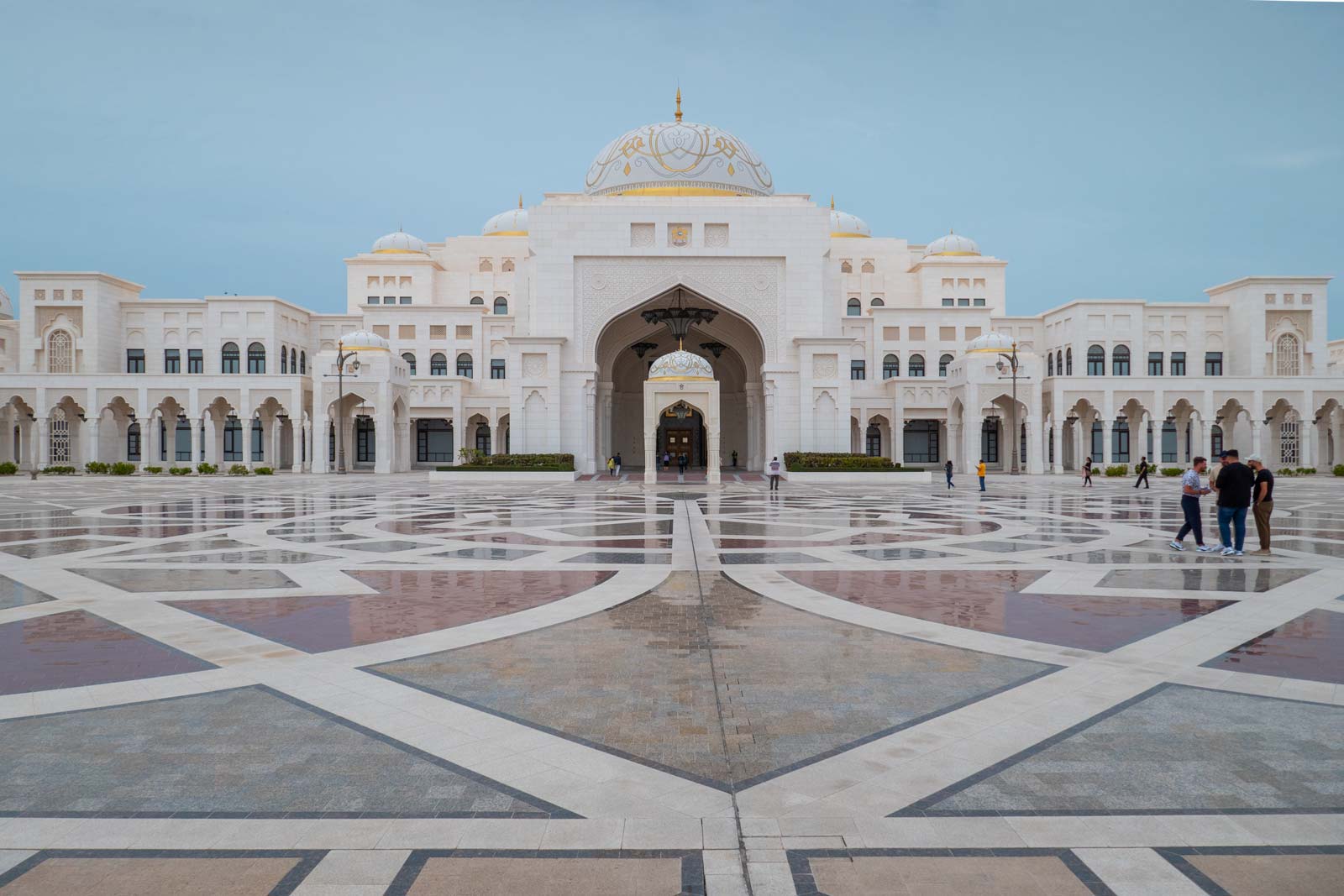
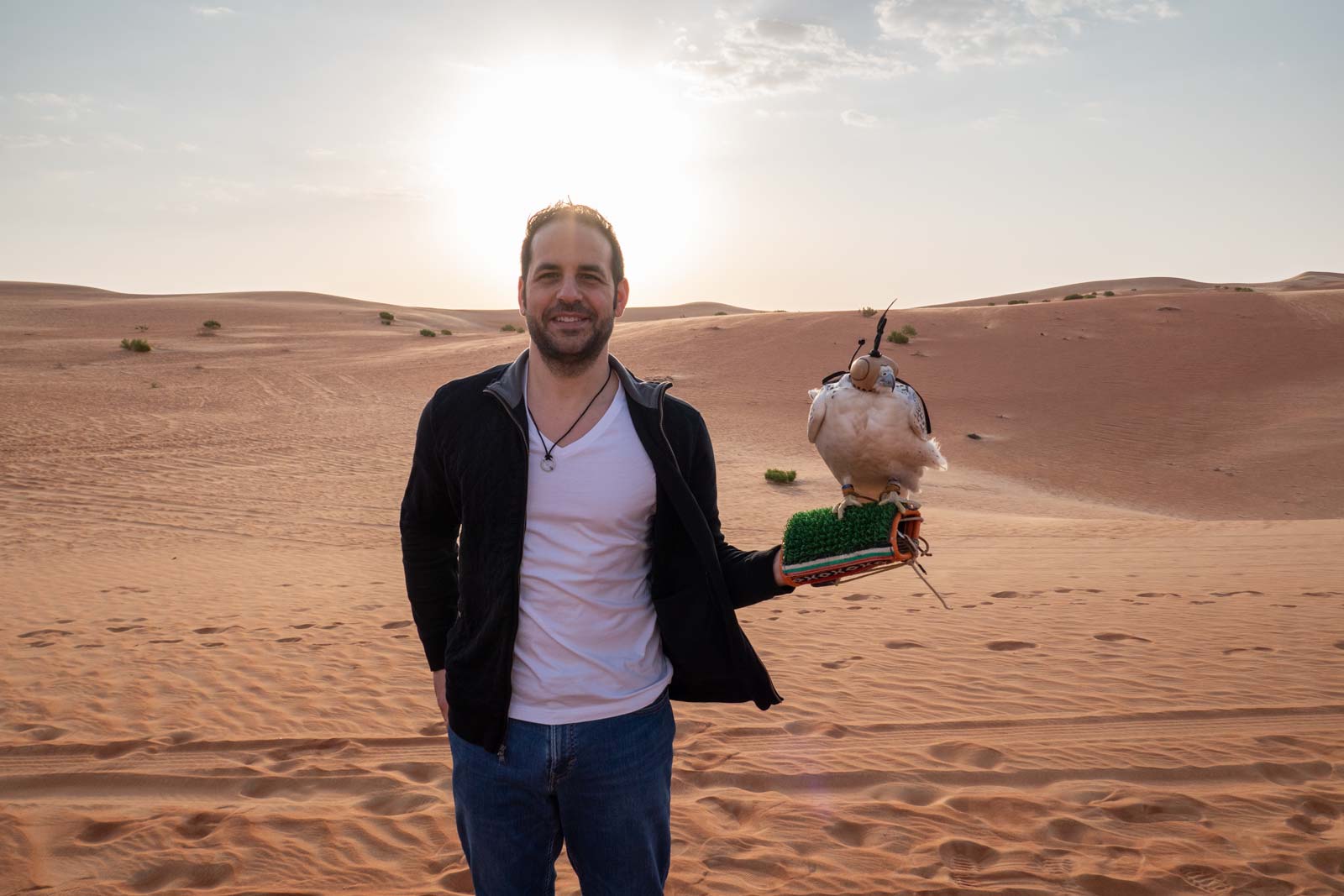
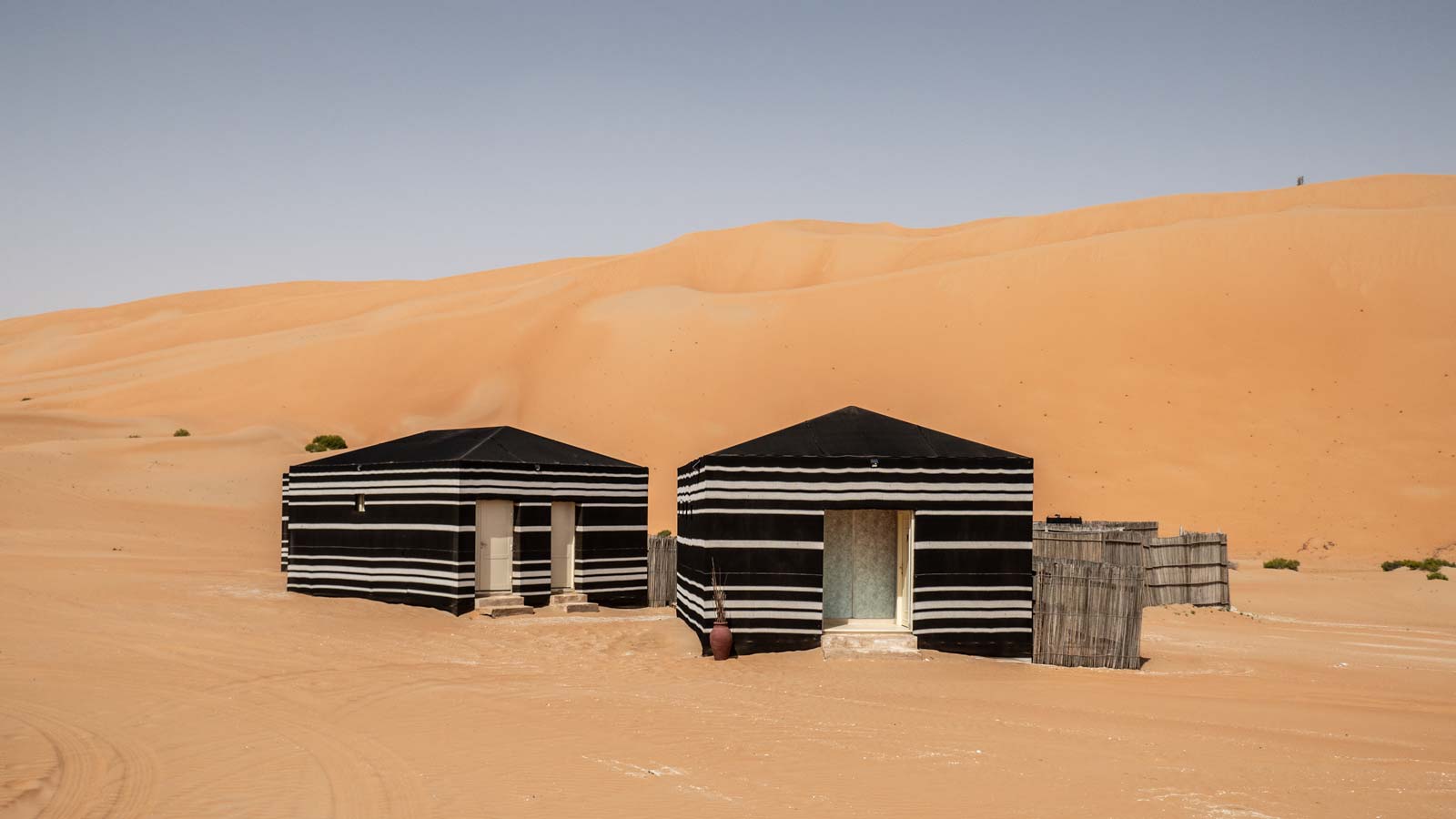
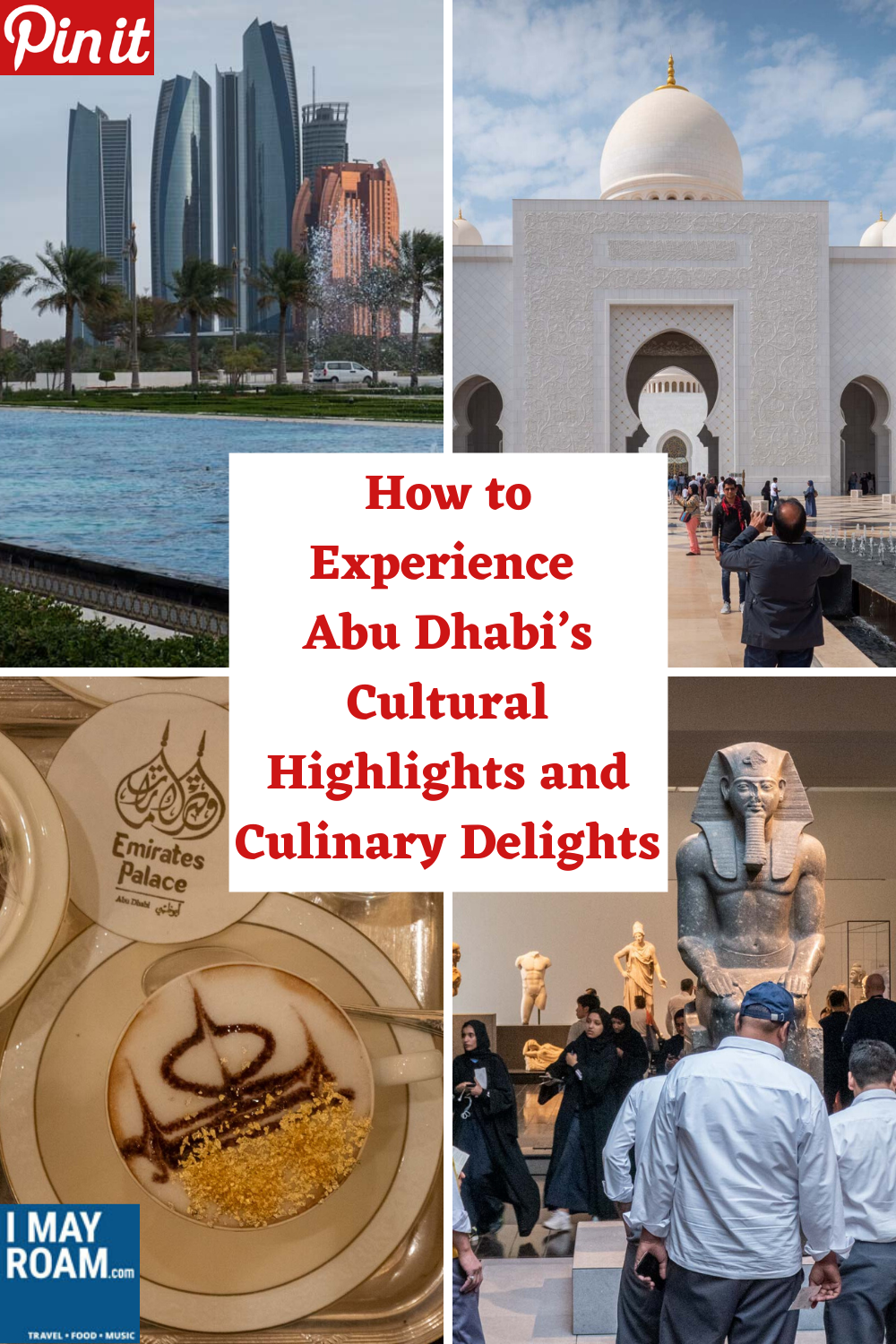


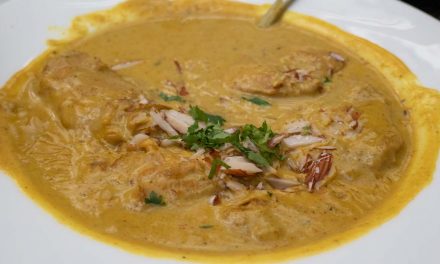


Wow! Dhabi is really beautiful with so many fun things to do but also very expensive. As you rightly stated, it is not the ideal place for budget travelers.
I have visited Abu Dhabi and I really liked it. I liked the culture and the landmarks which were very pretty. Yes I do agree it is expensive and was not ideal for a traveler like me.
This grand mosque is really beautiful. Abu Dhabi is one of my dream destinations. I love to go here someday….
Your photos are lovley. I had a beautiful time in Dhabi when we visited last year. Such an amazing place.
Hi Marta. Thanks for commenting. Glad you enjoyed!
I have never visited, but for some reason, I have always been more intrigued by Abu Dhabi than Dubai. Although you probably can’t compare them. I love the splurging (for a night or two) and then saving thing, I am doing that all the time.
My dream is to visit Abu Dhabi
And from this posting I feelt that I was there
Hi Vlera. Glad I was able to bring the destination to life for you!
I have heard of Abu Dhabi but I have never been there. It seems like a wonderful place with a rich culture and history.
I haven’t had much interest in going to Abu Dhabi until recently, but the ore and more I see of it, the more intrigued I am. I’d definitely do the Louvre there and one of those desert nights. That white palace looks awesome, too.
The Louvre architecture is amazing………even if you’re not into the art.
Such gorgeous architecture! I haven’t been to the UAE yet but I would love to experience it. I had no idea there were so many different types of dates!! I had a friend who had an au pair stint in Abu Dhabi for several months. Her stories about the place are wild.
Hi Maggie. Yes, many hotels have them for free in the lobby.
Why does the falcon have the hat on his head? Can he see? And, is the $20 cup of coffee worth it?
Hi Jamie. The $20 is fine every couple of years!